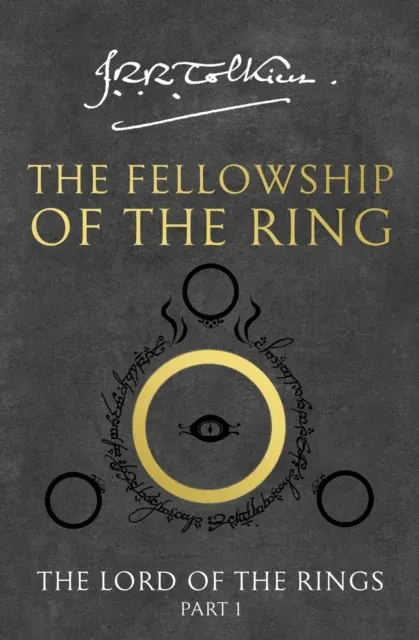A Short History of Brain Surgery

Brain surgery began a long time ago. Since ancient times, people have been trying to figure out the brain and help people who had problems with it. People had developed a method for helping out, called trepanning.
Trepanning was the process of drilling a small hole in the patient's head. It is not known how this actually helped, but it did and the survival rate among patients that had trepanning was 65-70%, which was much higher than the survival rate among patients in the 14th to 18th centuries. The knowledge that the ancients had was probably lost during the Flood.
During the Middle Ages, brain science had not furthered much, but in the 1800's, a man named Eduard Hitzig decided that he wanted to learn more about the brain, so he conducted some experiments on wounded patients, and he learned about how to stimulate the brain so that he could restart a part of it using a battery. He teamed up with another German (Gustav Fritsch) to learn more about this subject.
Later, John Jackson, an English neurologist learned more about the brain by observing epileptic seizures in his wife. He observed that the seizures followed in the same pattern, which led him to believe that electrical signals coming in one side of the brain and exiting the other caused these seizures.
Scientists discovered that the brain also controls your personality. A man named Phineas Gage was wounded in a railway accident, and when he recovered his personality was changed.
Today, scientists have a better understanding of the brain, and they can "see" it using CAT (computerized axial tomography) or MRI (magnetic resonance imaging). Brain surgery today has a 98% success rate, but even now, we do not really understand how we can think, feel, and make decisions.




